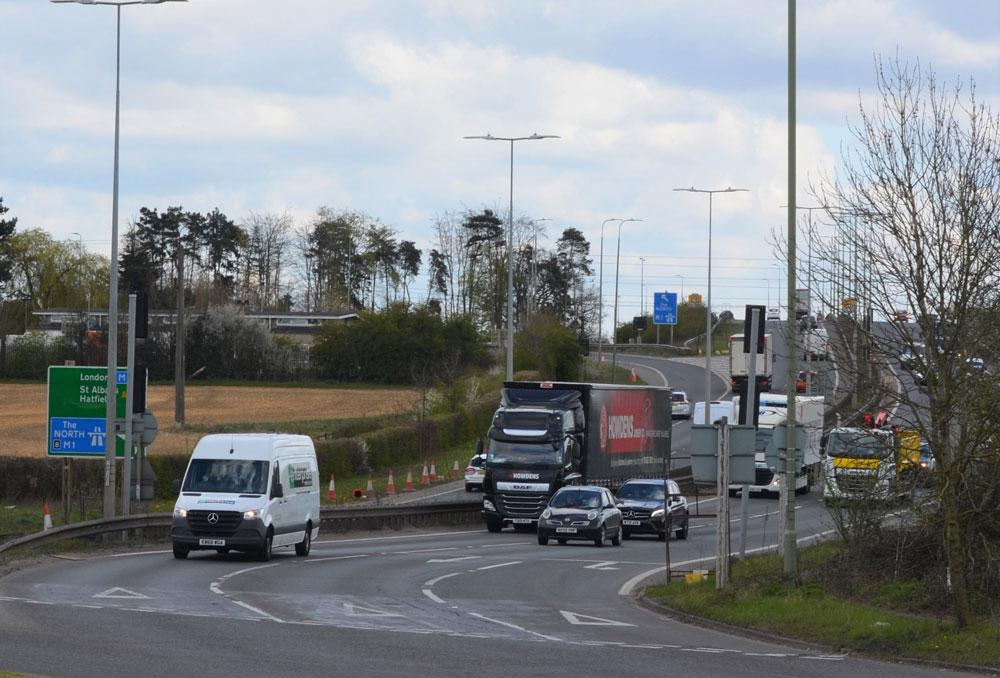
Millions of drivers could be missing out on the benefits of potentially lifesaving in-vehicle assistance aids when they’re behind the wheel, with new research from IAM RoadSmart showing that a third (33%) of drivers never use them.
Out of six of the most prominent driving assistance aids in modern vehicles – including collision warnings and cruise control – and among those whose vehicles have these technologies, only a quarter (25%) say they regularly or often use them.
In contrast, one-in-five (19%) rarely use these aids or have used them only once. A third (33%) say they never use the technology. Just over a fifth of drivers (22%) state their vehicle doesn’t have the technology, but this varies depending on individual assistance features.
The findings were based on a survey of 2,008 drivers for road safety charity IAM RoadSmart’s 2024 Road Safety Report.
Speed warnings on the dashboard is the most frequently enabled aid, with 28% regularly using this, followed by cruise control with 27% often using this technology. However, cruise control (as well as adaptive cruise control) also has the highest proportion of people never using them (34%) despite the vehicle having this system.
Just 23% of drivers regularly use collision warning assistance, with more drivers (25%) saying their vehicle does not have it installed.
There are significant differences in frequency of use depending on age and gender. Drivers aged 17-34 are around twice as likely to use driver assistance systems compared to someone aged 70 or over, while their use is also higher among male drivers.
Those travelling at least 10,000 miles or more a year are also far more likely to be engaged with this technology, primarily because they may use it for work journeys.
Nicholas Lyes, IAM RoadSmart director of policy and standards, said: “It’s ironic that so many rely on technology on a day-to-day basis, yet within their vehicles, drivers at best seem ambivalent about using technology systems that could save their lives if these were engaged.
“Part of the issue is likely to be a lack of understanding of how each of these systems can benefit them.
“Many might switch off certain systems because the alarm might be irritating or because they don’t like the feel of the steering wheel autocorrecting to keep the vehicle in a lane.
“Manufacturers are consistently improving the technology, but this will take time. There’s potentially an exercise for both individuals and fleet managers to ensure drivers and colleagues learn more about these systems, as well as advisories being added into the next round of Highway Code changes.
“While we need more consumer awareness of how these aids work, it’s important to remember that driver assistance systems should always compliment safe driving rather than be a replacement for it.”
I’ve seen drivers sweltering on hot days in traffic with their windows open, when on most vehicles these days, air conditioning is the norm. Do they not know what it’s for, or how to use it? Reducing stress and irritation by staying cool can reduce the likelihood of having a collision, not to mention complete absence of misted-up windows on damp, humid days.
Hugh Jones, South Wirral
--2
A lot of these so-called driving aids are actually distractions. For example:
– lane departure systems that steer you back towards the cyclist you’re moving out for (the only time this system is of value is when you’re nodding off – and of course we all know what the driver should do instead)
– speed alert systems that beep when the limit changes or it thinks you’re half a mile an hour over (now found a way to turn off rather than turn the radio up)
– headlights that turn on – except in heavy rain or fog
– main beam systems designed to adjust to oncoming traffic but often don’t (what’s so difficult about using the instrument stalk)
– auto handbrakes that occasionally don’t come on (Mercedes Sprinter)
– collision warning systems that don’t realise you’re approaching a bend and activate
– adaptive cruise control occasionally not seeing a car in front (happened twice to me recently)
I appreciate a lot of this is because of NCAP test requirements, I feel we’re going too far.
I’m happy with ABS and ESP, most of the rest can go to room 101. Don’t wish it was easier, wish you were better!
Ben Graham, Woodley, Reading
+7